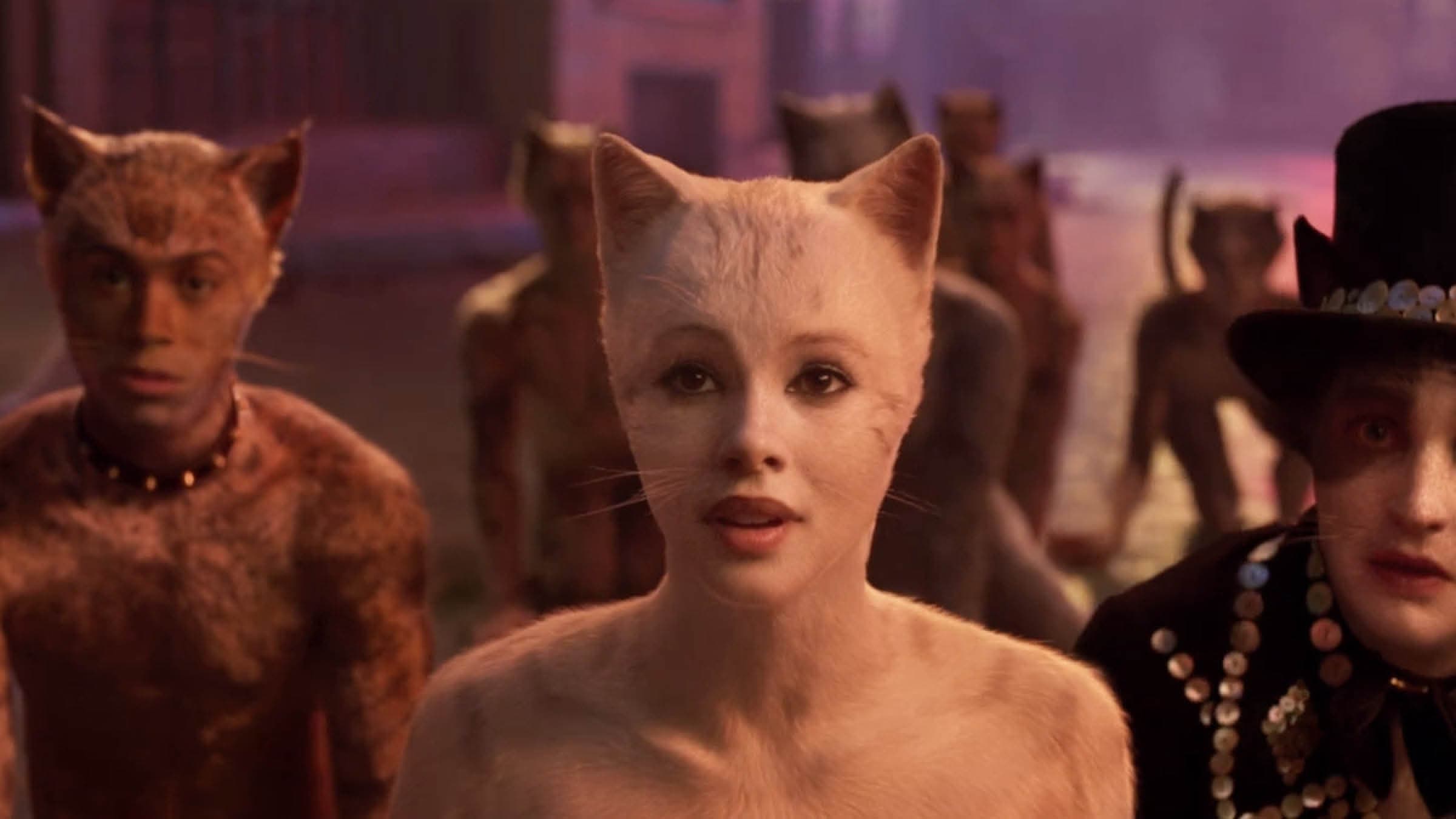TikTok’s new beauty trend is transforming creators into uncanny valley humanoids

TikTok doom-scrolling has turned into a peculiar game of who’s a real human and who’s fake. If you have been perusing the endless pit of abnormal live streams in the dark corners of the app, then you will have come across the likes of Pinky Doll doing her NPC act on live, or even Nicki Loczek and her Sims-esque metropolitan missions. The trend of behaving like you have pre-programmed outputs is Gen Z’s new ultimate form of entertainment. Now, beauty creators are trying their hand at the humanoid trend – this time, in their own even weirder way. By applying makeup, they are transforming themselves into uncanny valley beings in a bid to become an eerie robot-like figure.
To get what is being dubbed the uncanny ‘humanoid’ look, users are painting their faces with a pasty foundation, filling the hollows of their cheekbones with ashy grey contour, and shrinking their nose by upturning the end and shading their nostrils into small triangles. The goal is to become familiar to humans but still removed enough to signal the brain that we should be aware of their threat as non-human. It’s all in the eyes and mouth, really, as they extend their lips with black liner in the corners, and move their brows further up to accentuate the eyes, which in themselves are coloured in white with a new fake waterline sitting below. There are tutorials upon tutorials of how to achieve the look, with users jumping on the uncanny trend train after realising how fascinated Gen Z are with this new unexplored beauty genre. Many even add in a jumpscare at the end of the video, slowly zooming as they sit in the corner of a dark room, turning their head in time to the music (usually ‘Brutus’ by The Buttress) that fades out into a deathly silence.
There is still not much known about why the uncanny valley exists. And for good reason, because this new territory of the horror genre is perhaps one of the spookiest yet. So the question remains as to why Gen Z feel entitled to turn themselves into members of the uncanny valley. Have we finally had enough? Are we trying to take back control of our innate humanness through this peculiar trend? Is this beauty’s revolt against the AI android takeover?
In some ways, it is. But we also aren’t even entering the real valley of weirdness at all, according to some self-appointed uncanny valley experts. The phrase is being thrown into captions and around comments, but it is evident many aren’t sure what this actually means. “Uncanny valley is probably the most misunderstood thing in tik tok rn,” says one commenter underneath a video of @blondeicedcoffee’s stab at the trend. With almost 17.8 million views on one video of her lip syncing to a fake facetime call saying “What? No, I am a real person”, commenters debate the new trend, perhaps missing the poignant irony of its popularity right now. As creators force us to face our fears when innocently scrolling our feeds, we must ask if we can really get the uncanny feeling when our brains have already registered the pre-makeover face as human.
The hashtag itself has garnered 1.4 billion views and counting – yes, billion. We are clearly addicted to feeling uncomfortable, and are following uncanny tastemakers creators in our millions. The fear we feel has been researched thoroughly, meant to evoke unease due to our human instinct to dislike beings that may have all the right properties, but something is still slightly off. The sections of the brain triggered are two parts of the medial prefrontal cortex (according to a published 2019 study in the Journal of Neuroscience), with one acting as a human detector, and the other as a decision maker for likeability. Images of obvious robots do not trigger the second part of the brain as much as images of robots that present a significant human-likeness – weird, right?
This ‘trend’ has been an interesting subsection of psychology for a while now, first configured by Japanese roboticist Masahiro Mori in the 70s who hypothesised that humans had a bad reaction to his humanoids. Hardcore uncanny valley creators won’t have even been the first time we experienced *that* spooky feeling. If you went to watch the 2019 film Cats, hid behind the couch when the 2005 Hoodwinked popped on your screen, or ever had to sit through the nightmare fuel that is Edward and Bella’s daughter Renesme in Twilight: Breaking Dawn, then you’re a firm victim to the uncanny valley already.
Our interest in these dystopian beings has branched out into the likes of TikTok’s generated back rooms, which have had users in the comments admitting they lost days to exploring, and experienced nightmares as a result. We have been bugging out over real crime podcasts and murder cases, and even started to create our own short horrors just to feel something again. Perhaps Gen Z’s ego is getting in the way of admitting we are the ultimate desensitised generation, and have resorted to shape-shifting ourselves into android creatures to feel fear, get attention, or switch realities for even just a moment.
Creators are quite literally morphing themselves into the filters and digital constructs designed to steal their job, and somehow creating a newfound high art out of it (a subject ironically argued in philosophy to be as human as you can get). But admittedly, fear makes us wonder if we will even be able to decipher the difference between human and android soon? As many commenters like to warn: “The existence of the uncanny valley implies that at some point there was an evolutionary reason to be afraid of something that looked human but wasn’t. You are bringing them back.” Eeek!

